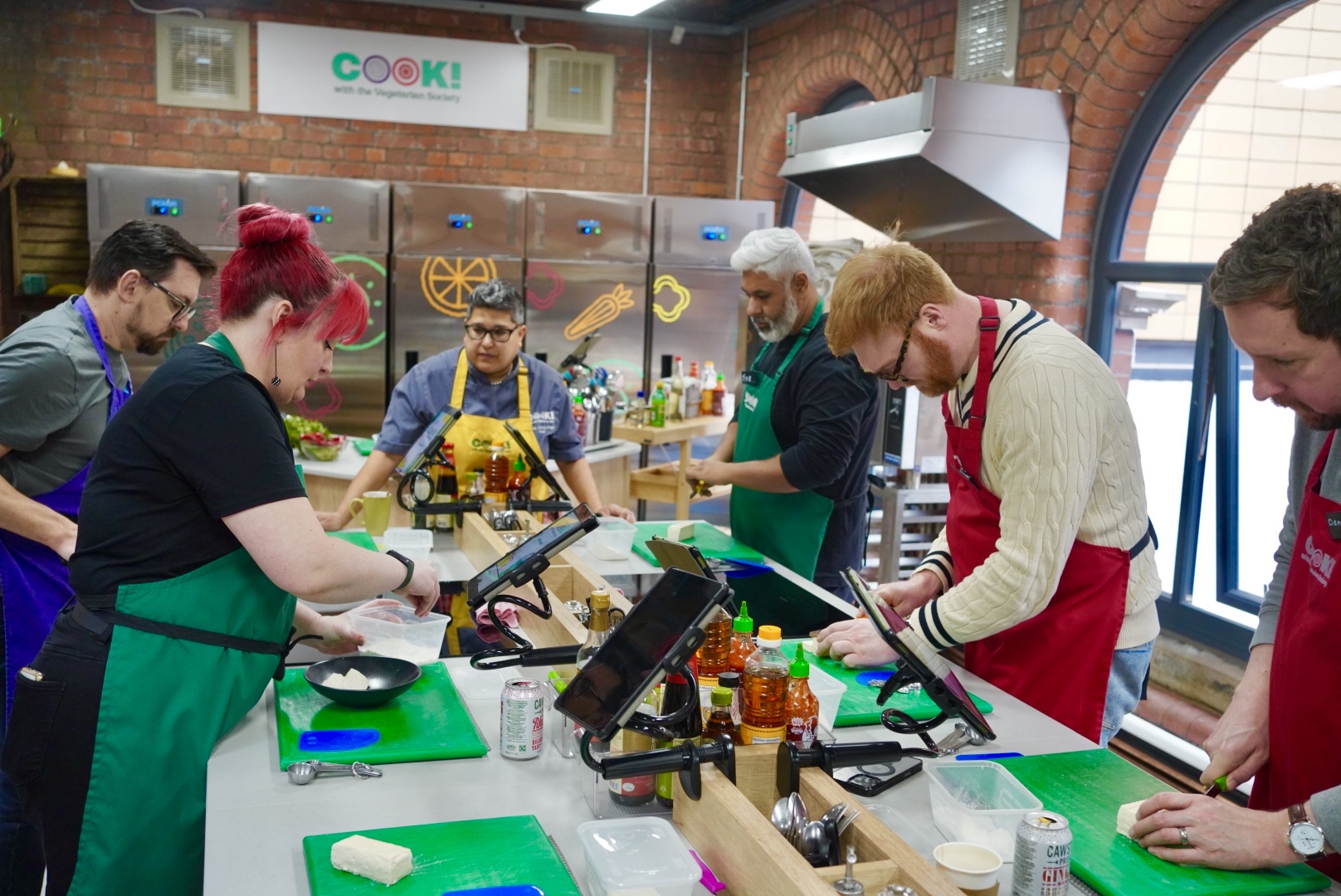Celebrating 25 wonderful years of the Trafford Centre
- Written by Thom Bamford
- Last updated 2 years ago
- Attractions, Cornerstone, Featured, History, Trafford
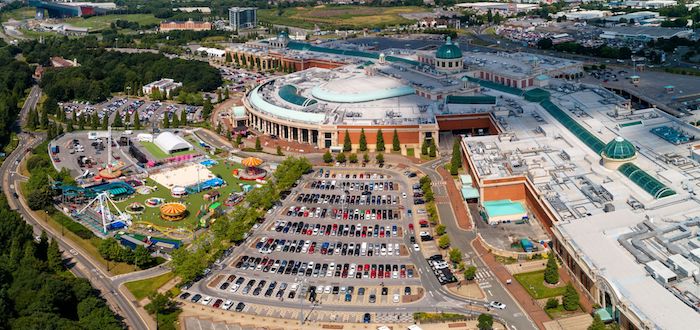
The Trafford Centre, Manchester’s beloved shopping and leisure hub, commemorates its 25th anniversary this year today (29th September).
As we delve into the history of the North West’s largest retail and entertainment complex, we’ll explore its fascinating journey, from conception to present-day success, with the storms weathered in-between.
Early Beginnings: Conception and Location
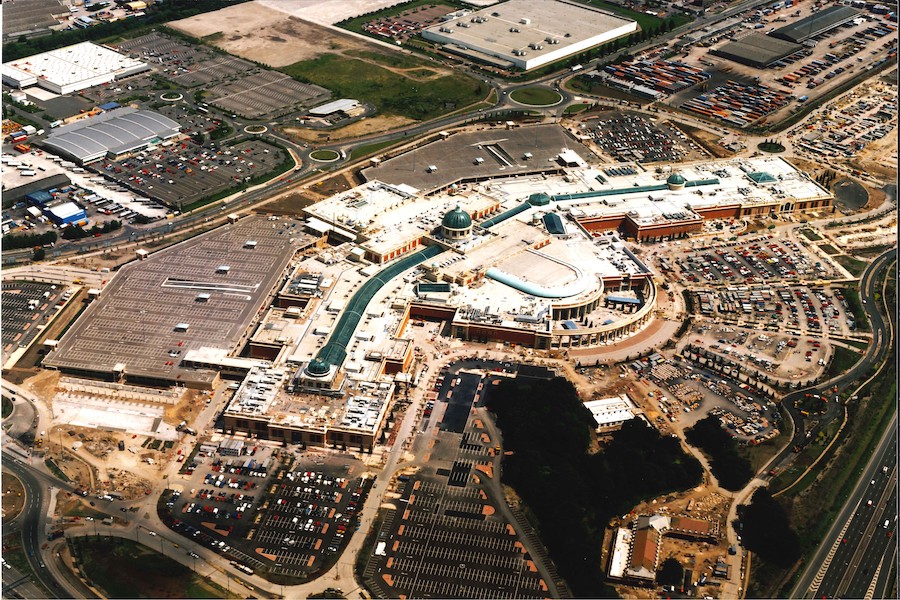
In September 1998, the Trafford Centre opened its doors to the public.
We sat down with Centre director, Simon Layton, who said: “We actually still have 21 colleagues who have worked here since the centre opened, which is an incredible accomplishment in itself.
“As we celebrate or 25th birthday this September, many of them have been sharing their stories and memories of when the centre opened, including the huge crowds and looks of awe and wonder as people first experienced that Trafford Centre magic that is still evident today.”
However, this monumental achievement was far from an easy feat.
Situated in Dumplington, Trafford, the centre occupies land once owned by the Manchester Ship Canal, which transformed the surrounding Trafford Park area in 1894.
Remarkably, a 300-acre parcel of this land remained agricultural until the 1980s, later becoming the Trafford Centre site.
By 1987, Trafford Park’s industrial fortunes had dwindled, leading to its designation as an Urban Development Area by the central government, signifying its national priority for regeneration.
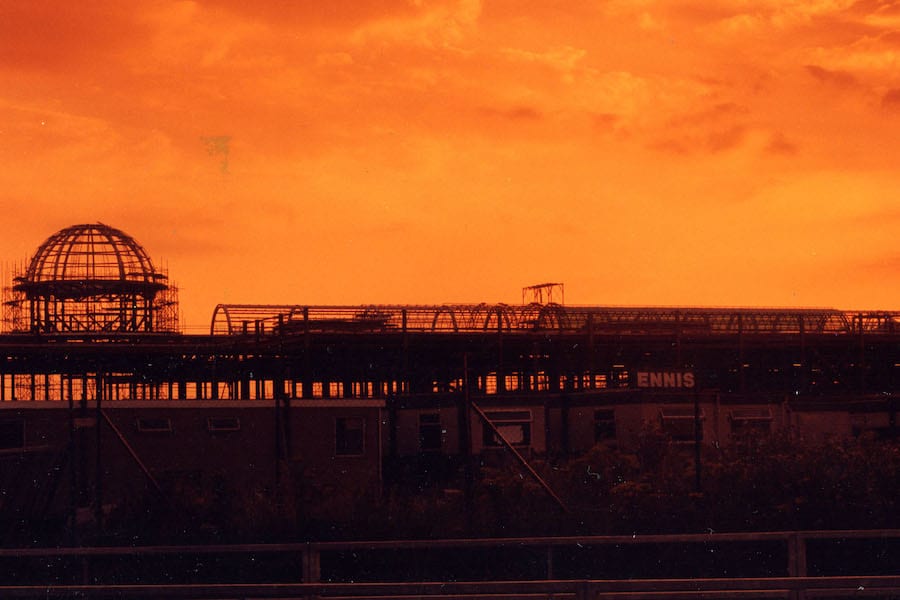
Peel Holdings conceived the Trafford Centre in 1984, with formal planning applications submitted in 1986.
They gained control of the site after a protracted takeover battle with the Manchester Ship Canal Company, who were majority share holders.
While Trafford Council supported the project, other authorities were less enthusiastic, leading to a nine-year-long public inquiry, one of the UK’s most exhaustive ever conducted for a commercial development.
Overcoming Challenges: Planning Permission and Construction

The primary concerns during the inquiry revolved around the potential impact on the city centre’s retail landscape and traffic congestion.
Initially granted planning permission in 1988, this decision was contingent on the Department of Transport’s approval of motorway system improvements.
An additional inquiry in 1992 questioned the project’s necessity amid changing economic forecasts.
Finally, in 1995, the House of Lords granted full planning permission after years of legal battles.
Construction commenced in May 1996, taking 27 months and costing £600 million, exceeding the initial £250 million estimate.
Retail Excellence: Attracting Big Retailers
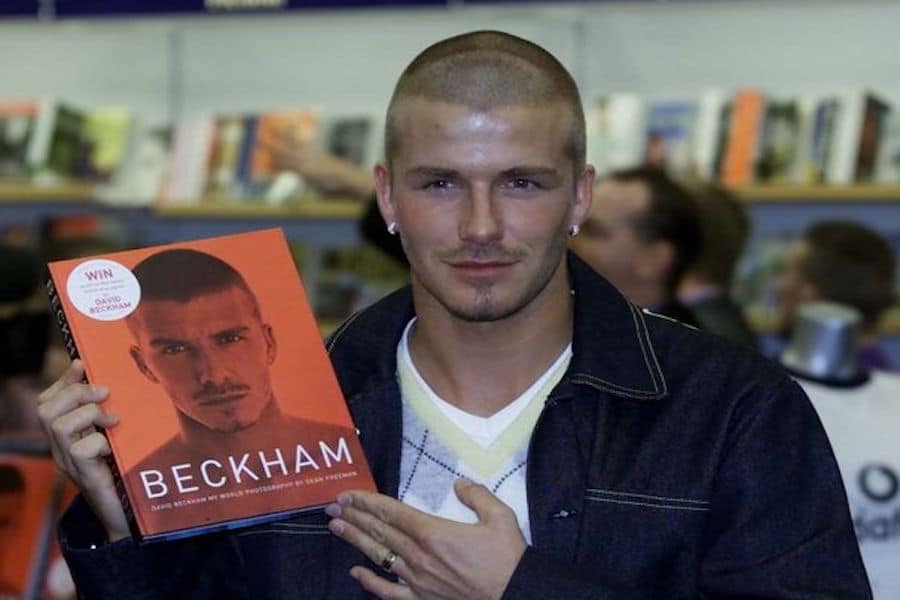
One of the Trafford Centre’s early successes was attracting renowned retailers such as Selfridges, Debenhams (before it closed down), and Boots.
It is worth noting that The Trafford Centre was the chosen location for the first Selfridges outside London. The high-end department store is synonymous with designer brands, stylish homeware and gourmet food.
Simon continued: “The Trafford Centre isn’t only about shopping – it’s about the ultimate day out and creating compelling experiences for visitors.
“There’s always something exciting and new happening including large-scale events (including our 25th birthday celebrations this Friday 29th September, featuring 90s icons B*Witched!), new store openings and exciting brand experiences.
“Our outdoor seasonal event area, which includes a huge fairground and live circus, has been incredibly popular since we introduced the concept two years ago.
“Our recent spate of store openings, including Bath & Body Works, HOP Vietnamese & L’Occitane, demonstrates the huge appetite for bricks and mortar retail.
“We’ve also seen investment from many of our existing retailers, with brands such as H&M, Next, Nespresso, Molton Brown and River Island either refurbishing or upsizing their existing units.
“We’re drawing in more visitors from further and for longer, keen to make the most of our irresistible blend of shopping, dining, events and leisure.”
The centre’s quirky, neo-classical architectural style sets it apart as a unique shopping destination.
Artistic Flourish: Sculptures and Themed Zones
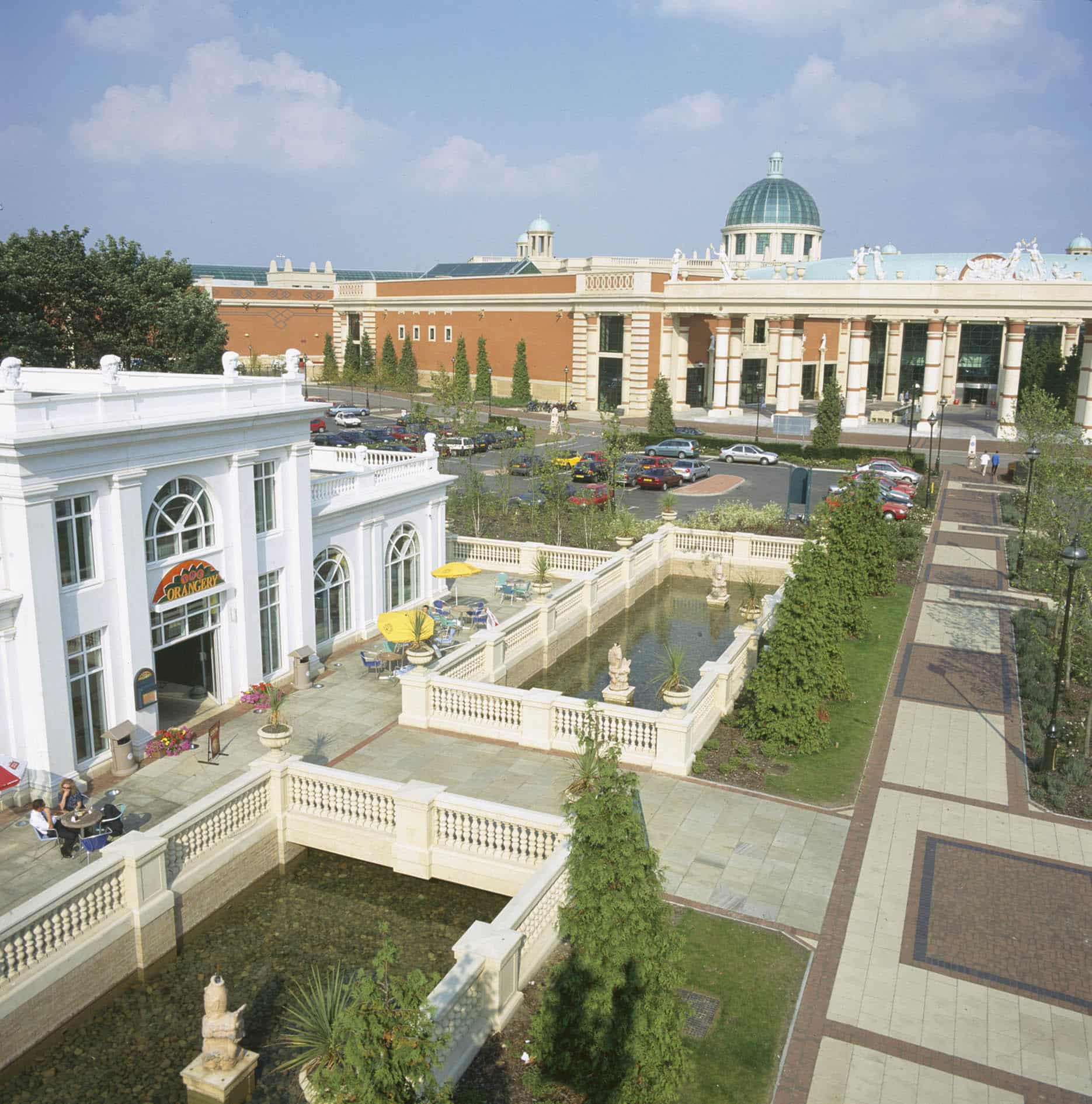
Renowned Kent sculptor Guy Portelli was commissioned to craft 22 classical maiden figures for the centre, a project considered the largest of its kind at the time.
These figures pay homage to local history, with dancing girls bearing oak branches representing the area’s once-forested landscape and reclining figures with trumpets heralding a new era.
The Great Hall entrance is home to one of the world’s largest chandeliers – so big it houses its own interior staircase!
Made up of thousands of pieces of Chinese crystal, the chandelier measures 11m x 9m and weighs a hefty 5 ½ tons.
The Great Hall staircase is made of Chicken Red Marble from the Luoyong district of China and was modelled on the staircase of the Titanic.
The Trafford Centre’s Orient, Europe’s largest food court, boasts themed zones inspired by various global locales, including China, New Orleans, and Italy.
The Orient is the largest food court in Europe, seating 1,600 people, and its design is based on an ocean liner visiting different areas of the world.
It’s opulence is breathtaking, with the ceiling has been modelled to resemble the sky with the colour changing from pink at dawn, blues in the afternoon and reds and purples at dusk.
2000 bright stars twinkle throughout the evening, followed by the 12 constellations and the stars of the Milky Way.
The Great Hall, themed as a 1930s steamship, pays tribute to the Manchester Ship Canal’s history.
A Unique and Unconventional Design Philosophy
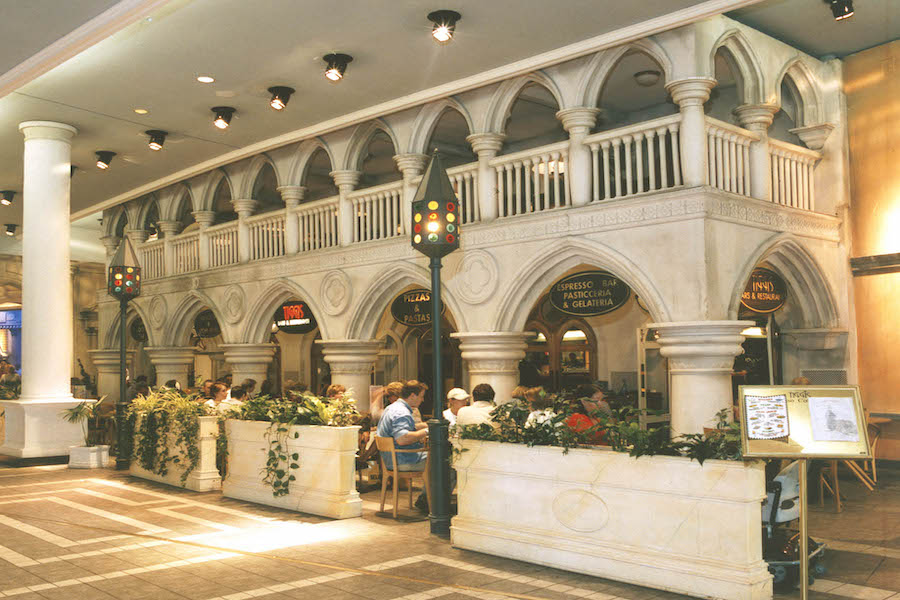
The Trafford Centre, under the visionary guidance of John Whittaker, embarked on a bold and unconventional design journey.
Whittaker’s approach aimed to set the centre apart from the mundane and ageing shopping centres prevalent in the United Kingdom during the 1960s and 1970s.
Recognising the risk of rapid obsolescence, he chose a lavish and extravagant Rococo and Baroque design that some might consider gaudy.
However, Whittaker contended that this approach would prevent the centre from quickly becoming stale.
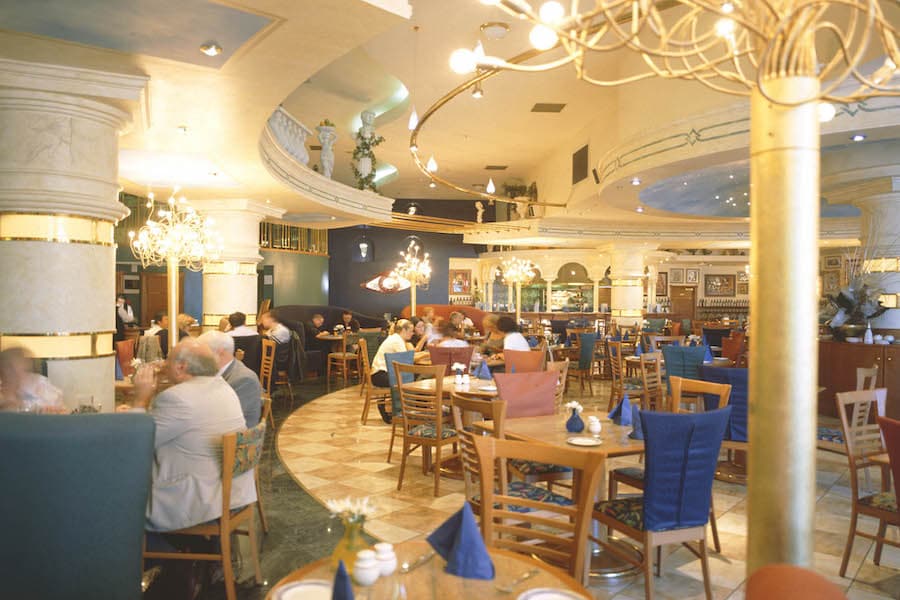
In his eyes, it was an investment in longevity.
Whittaker’s philosophy was clear: create a shopping centre that exuded opulence and glamour, enticing shoppers with an irresistible “razzmatazz” and showbiz appeal.
He believed that this aesthetic would not only attract visitors but also provide them with an unforgettable experience, what he referred to as the “Dallas effect.”
A Collaborative Design Endeavour
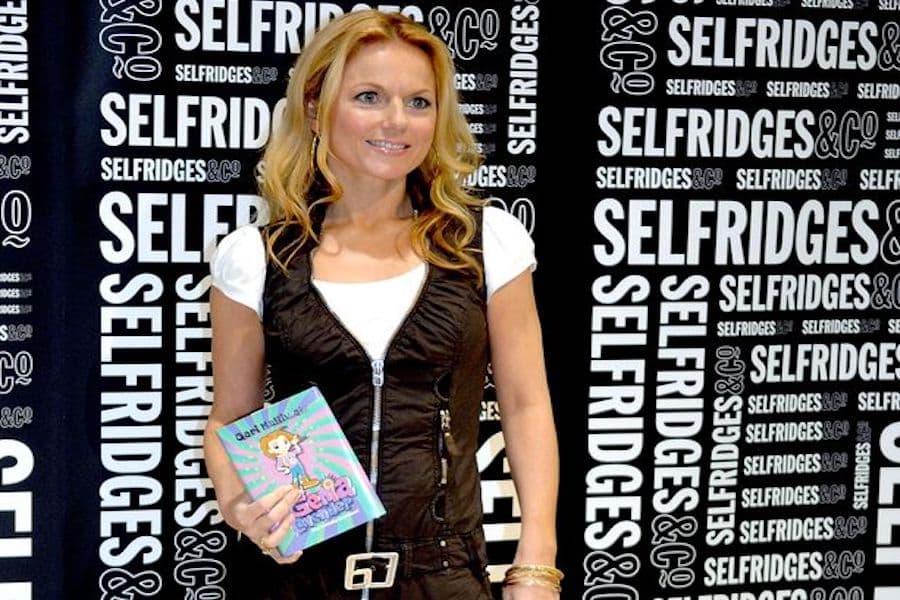
The design of the Trafford Centre was a collaborative effort involving two architectural firms, Chapman Taylor and Manchester-based Leach Rhodes Walker.
Bovis served as the main contractor, while structural engineering services were provided by the WSP Group.
Such was the grandeur and complexity of the project that architects produced over 3,000 separate shop drawings.
To oversee this ambitious construction, 24 chartered architects worked full-time on the project.
Intricate Layout and Architectural Highlights
The Trafford Centre’s layout was meticulously planned to enhance visitor flow.
Peel Avenue, Regent Crescent, the Dome, and The Orient, which formed the original centre, were designed to evenly distribute visitor traffic across their two floors.
Additionally, leisure facilities, including the cinema, were strategically located on the third floor, with infrastructure in place for a potential fourth floor.
One of the most striking architectural features is the three-domed atria that stretch along the length of the mall.
The middle dome, costing an impressive £5 million, is claimed to be even larger than St. Paul’s Cathedral, making it a true architectural marvel.
Look at the floor by the glass lifts in the Main Dome and you’ll find a plaque to mark where a time capsule was buried in 1998, with children attending from local primary school Barton Clough.
Incredibly, The centre contains 3.5 miles of brass which is cleaned and polished every single night.
Decadent Decor and Artistic Flourishes
The Trafford Centre’s interior decor is a testament to opulence, featuring eclectic Art Deco and Egyptian Revival elements.
The dominant colour palette includes shades of white, pink, and gold, complemented by ivory, jade, and caramel-coloured marble. Notably, 45,000 square meters of Tuscan marble and granite flooring from Montignoso and Quarrata were used, totalling £5.8 million in cost.
Columns throughout the building are adorned with gold leaf, adding to the centre’s lavish ambience.
The Trafford Centre pays homage to its local roots and history through its decor.
Features like red roses of Lancaster, griffin statues, and portraits of the Whittaker family adorn the space.
Outside The Great Hall entrance, you’ll find the Trafford Crest Sculpture consisting of a Roman Centurion, a gryphon and a unicorn. The piece is based on various elements within the Trafford Coat of Arms and took 16 months to complete.
The preserved Wilderspool Wood, near The Great Hall entrance, attracts a host of birds including green finch, wrens and blue tits. We even have geese, fish, hedgehog homes, bat boxes and four beehives!
Since the centre opened, over £1.2million has been collected in total from the centre’s spectacular fountains. Every single coin generously dropped into the water by shoppers is washed, cleaned and donated to the centre’s local nominated charities.
However, it’s worth noting that not all elements have been without controversy; the inclusion of fake palm trees and neo-classical decorative pillars made of painted medium-density fibreboard received mixed reviews.
Artistic Expression through Sculpture
Sculpture plays a prominent role in the Trafford Centre’s aesthetic.
Over 100 figures, primarily in classical Greek/Roman or Art Nouveau styles, grace the complex. Notable contributions include Altrincham sculptor Colin Spofforth’s bronze jazz band figures for the New Orleans theme and a crest above the main entrance featuring a gryphon, unicorn, and Roman centurion.
These sculptures serve as reminders of the rich history and heritage of the Trafford Centre’s location, paying tribute to the de Trafford family and the power stations that once occupied the site.
Record-Breaking Success: Early Years and Expansion
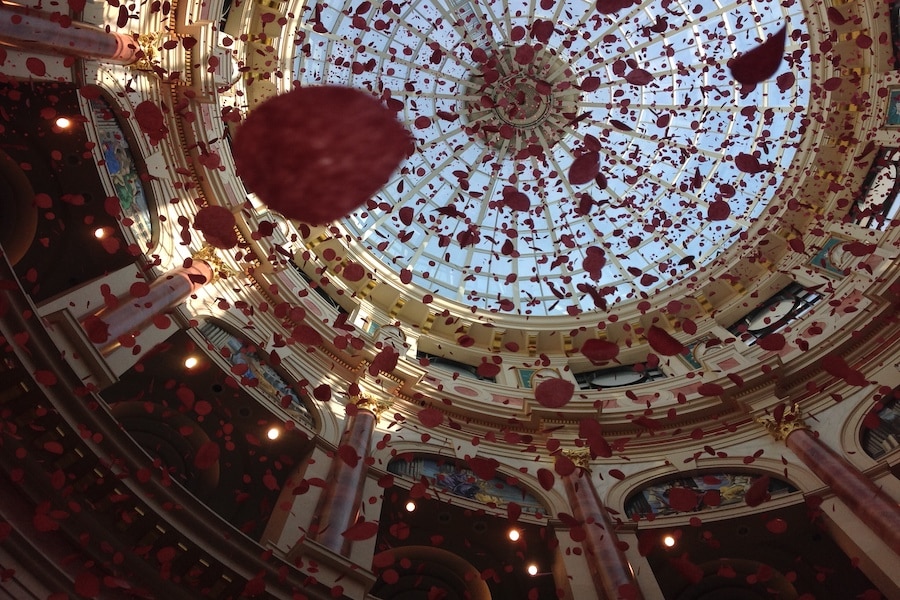
Upon opening, the Trafford Centre quickly became the UK’s largest shopping centre, generating 7,000 jobs in the local area.
Within the first week, it welcomed its millionth visitor, and by the end of its inaugural year, over 26 million people had explored its offerings.
In 2006, the centre expanded further with the addition of Barton Square, a homeware and furniture annexe connected to the main mall by a glass bridge.
Changing Ownership and Rebranding
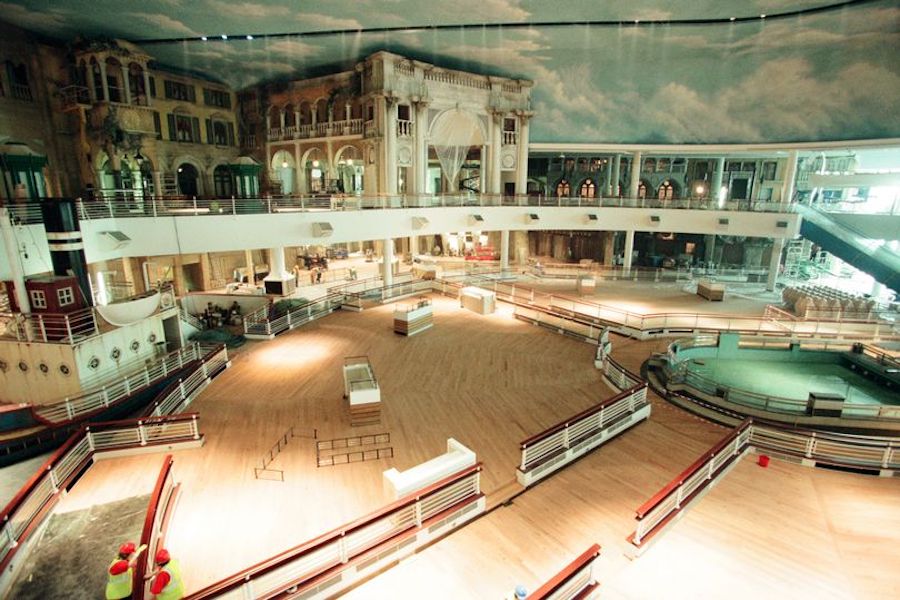
In 2011, Capital Shopping Centres acquired the Trafford Centre from Peel Holdings, leading to a rebranding as “intu Trafford Centre” in February 2013.
Change of Ownership: Peel Group to Capital Shopping Centres (CSC)
In a significant move, Peel Group sold the Trafford Centre to Capital Shopping Centres (CSC) in January 2011 for a staggering £1.6 billion. This deal, consisting of both cash and shares, marked a pivotal moment in the history of the shopping and leisure complex.
Interestingly, John Whittaker, the chairman of Peel Group, assumed the position of deputy chairman at CSC as part of this transaction. Whittaker later revealed that he could have sold the centre for more than £2 billion had he chosen to accept an all-cash offer.
Nonetheless, the £1.6 billion agreement remained a landmark property transaction, making history as the largest of its kind in British real estate and the most significant European property deal of 2011.
Transition to “Intu Trafford Centre”
Following the acquisition by CSC, the company underwent a rebranding effort in 2013, investing £7 million to rechristen the shopping center as the “Intu Trafford Centre.”
Valuation and Financial Changes
By 2017, Intu valued the Trafford Centre at an impressive £2.312 billion, reflecting its substantial market worth.
However, circumstances took a turn in June 2020 when Intu entered administration.
Subsequently, the centre faced receivership in November 2020 at the hands of its creditors.
Notably, the Canada Pension Plan Investment Board, which had provided Intu with a £250 million loan in 2017, exercised their rights as creditors to take ownership of the complex.
The Trafford Park Line Metrolink Tram Connection
Amid these changes, the Trafford Centre continued to evolve.
Construction of the Trafford Park Line Metrolink tram connection commenced in 2016, aiming to connect the Trafford Centre to Manchester city centre via Pomona.
This significant infrastructure project reached completion in 2020, enhancing accessibility and transportation options for visitors and further solidifying the Trafford Centre’s position as a vital hub in the region.
Looking to the future, Simon said: ” We’re really excited about Trafford Centre’s future.
“We’ve loads in the pipeline, with new brands opening including lululemon, Mango and ProCook – and not forgetting our flagship M&S launch later this year.
“We’ll be continuing to bring exciting events and experiences to our guests, bigger and better than ever, so there’s always something new to discover.”
You can check out what’s going on at Trafford Centre here
Many Happy returns to the Manchester Icon on its birthday. Here’s to many more!
- This article was last updated 2 years ago.
- It was first published on 29 September 2023 and is subject to be updated from time to time. Please refresh or return to see the latest version.
Did we miss something? Let us know: press@ilovemanchester.com
Want to be the first to receive all the latest news stories, what’s on and events from the heart of Manchester? Sign up here.
Manchester is a successful city, but many people suffer. I Love Manchester helps raise awareness and funds to help improve the lives and prospects of people across Greater Manchester – and we can’t do it without your help. So please support us with what you can so we can continue to spread the love. Thank you in advance!
An email you’ll love. Subscribe to our newsletter to get the latest news stories delivered direct to your inbox.
Got a story worth sharing?
What’s the story? We are all ears when it comes to positive news and inspiring stories. You can send story ideas to press@ilovemanchester.com
While we can’t guarantee to publish everything, we will always consider any enquiry or idea that promotes:
- Independent new openings
- Human interest
- Not-for-profit organisations
- Community Interest Companies (CiCs) and projects
- Charities and charitable initiatives
- Affordability and offers saving people over 20%
For anything else, don’t hesitate to get in touch with us about advertorials (from £350+VAT) and advertising opportunities: advertise@ilovemanchester.com

Manchester BMX club puts the wheels in motion to help a local hero
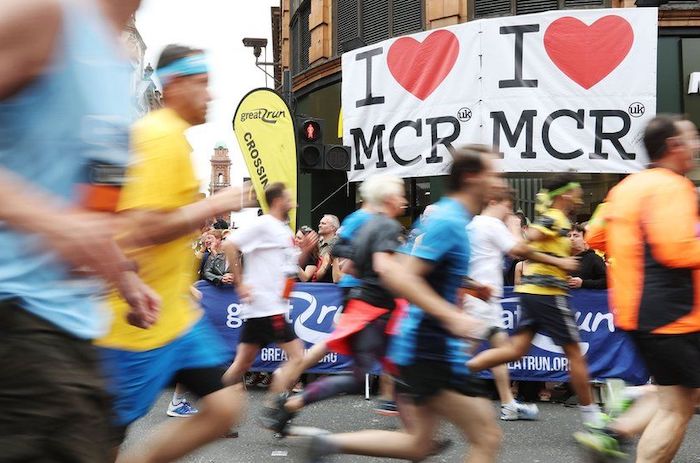
Celebrating the amazing people taking on Great Manchester Run in 2025

Frankie Lipman steps into Lady Macbeth’s shoes in gutsy new take on Shakespeare
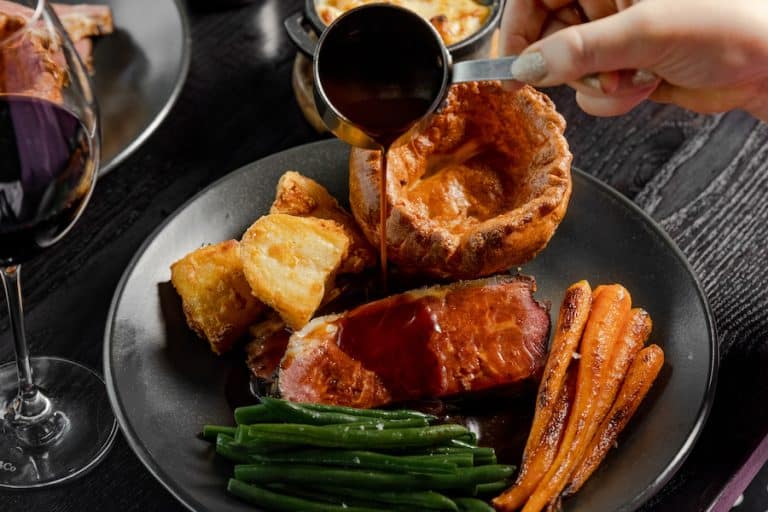

Best bars and pubs to watch the football and live sport in Manchester














